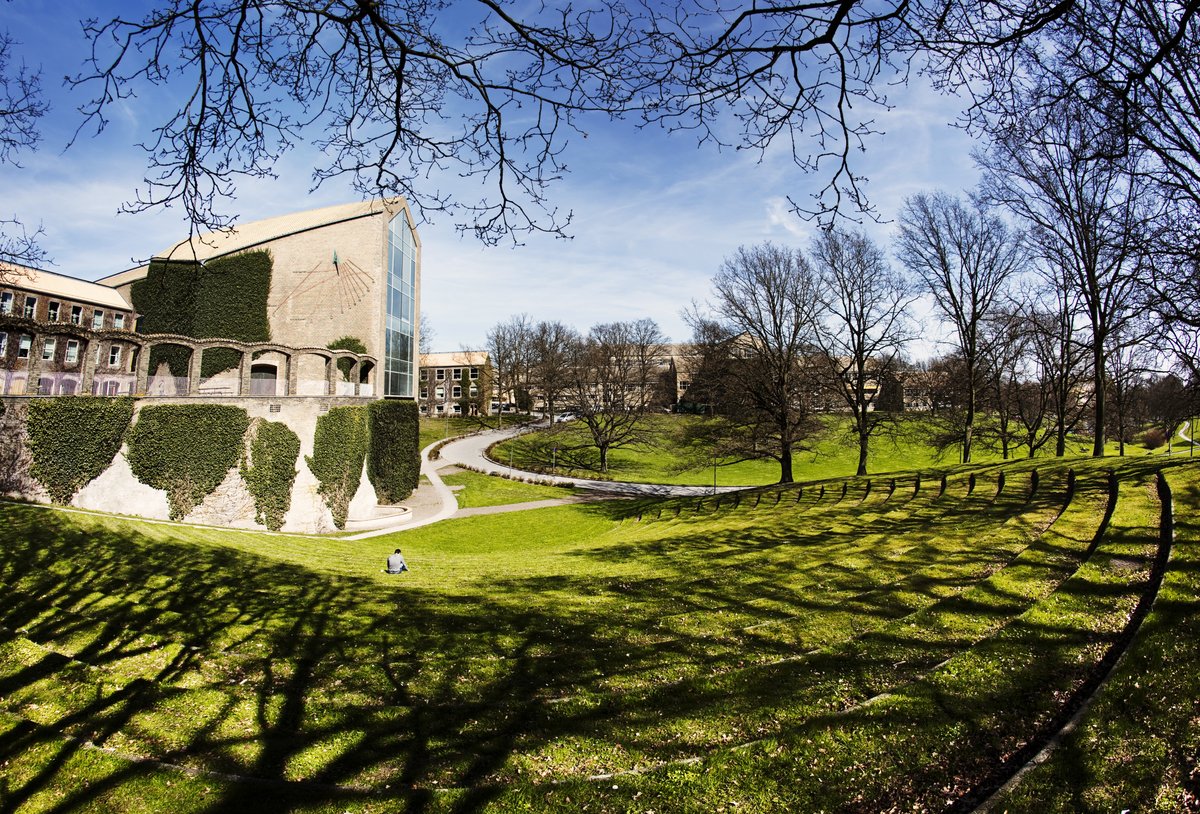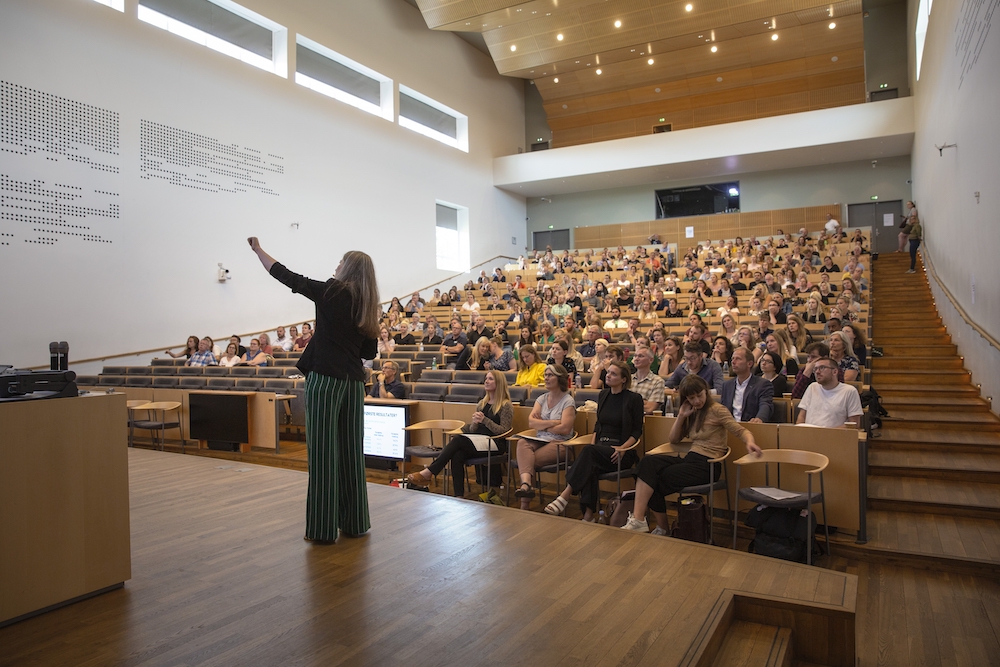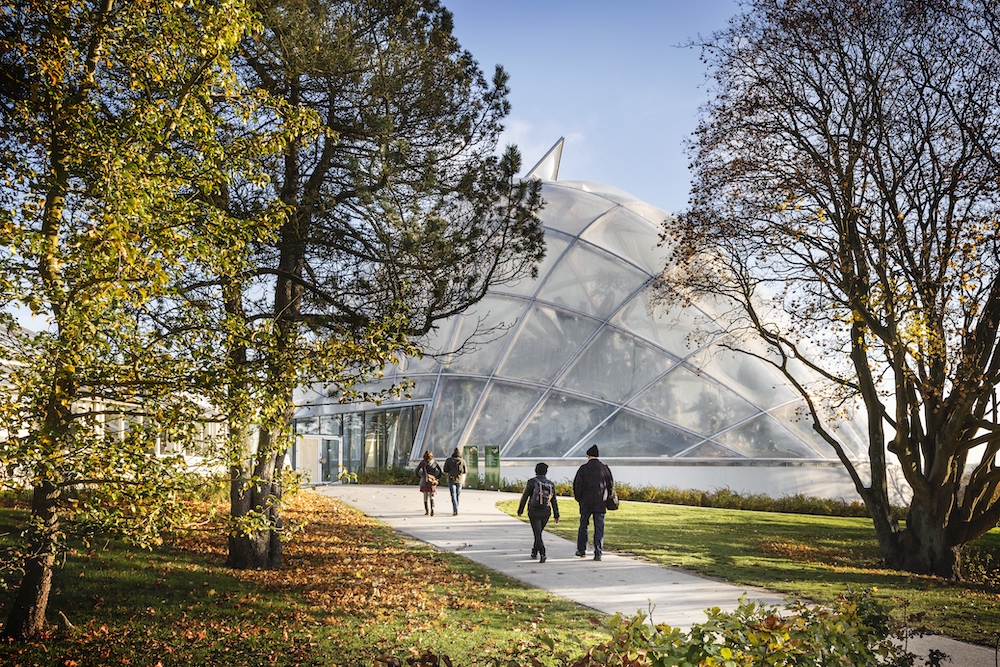Aarhus University is a world-class university with an international reputation for excellent research, outstanding research-based degree programmes and value-adding cooperation with both private businesses and public government agencies and institutions. Established in 1928, Aarhus University has developed rapidly, and is now a major Danish university with a strong national and international reputation across the entire research spectrum. Aarhus University is committed to close collaboration with business and industry, and takes pride in its contributions to the development and welfare of society. Aarhus University consists of four faculties:
The university has a total of 28 departments/schools and more than 30 internationally recognised research centres, including 14 basic research centres which are funded by the Danish National Research Foundation. The university receives one fourth of total government research grants.
Nearly half of the university’s 39,000 students are enrolled at Master’s degree or PhD level. Ten per cent of these are international students representing more than 100 nationalities. Aarhus University has approximately 8,000 academic and administrative staff members.
Research is the foundation for all of Aarhus University's activities. This is not least true for the university's most important task: to educate students and impart new knowledge and insight to them through research-based degree programmes. In the eyes of the university, graduates are the most important bearers of the university's knowledge. At the same time, the university encourages students, graduates and not least researchers to assume a responsibility for bringing their knowledge into play.
The quality of Aarhus University’s research activities is internationally recognised results, and its research programmes are among the world elite. During the last ten years, the university has firmly established its position in the top 100 on the leading rankings of the world’s universities, and two researchers from Aarhus University have received Nobel Prizes within their fields.
Its distinctive yellow brick buildings, designed by renowned architect C.F. Møller, provide an inspiring framework for the university’s academic and social life, set in the hills and tranquil lakes of the University Park, which is enjoyed by employees, students and the people of the city alike. The buildings of Aarhus University and the University Park are registered in the Ministry of Culture’s cultural canon (published 2007), which includes a list of the twelve most significant architectural icons in Denmark.
Aarhus University’s main campus is located in the heart of Aarhus near the historic city centre. In addition to the large campus in Aarhus, the university has 15 other locations, including three unique research stations in Greenland.
Over the coming decade, Aarhus University will expand the main campus in Aarhus. The university has acquired the buildings of the former municipal hospital in Nørrebrogade and will gradually be moving parts of the university into the area. The area is located just opposite the University Park, which gives the university a unique opportunity to consolidate and strengthen a number of educational and research activities.


